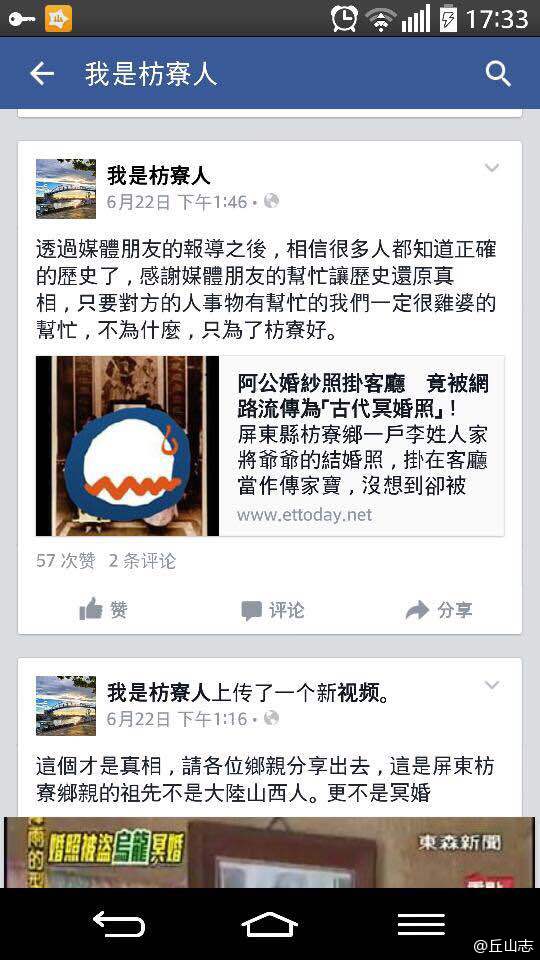I forgot who said this but I bet most people would not disagree: everyone could be “journalist” in social media platform.
What is social media? Antony Mayfield defined it in his book “ What is social media,” (2007) as “a group of new kinds of online media” which “encourages contributions and feedback from everyone who is interested.”
And social media provides people a no-cost platform to publish their thoughts, which makes information spread easier and faster. But, there are cons and pros for everything. Rumors circulate rapidly subsequent to the wide use of social media. Many news organizations nowadays more and more rely on social media to promote their news stories, which is good, however some credulous news organizations repost information without deep investigating and double checking from sources who is not in professional journalism fields. If the information later on was found out to be wrong, the biggest problem is not damages on that news organization’s reputation but the influence on audience who already believed in the rumors.
Here’s an example.
Chinese National Geography used an old wedding photo of a couple in Shanxi Province, China as their cover picture of June 2002. This photo was rumored to be a ghost wedding on the Internet saying this couple was already dead when taking this picture.
It’s never been taken seriously because no one knows where the rumor is from. The source is not trustful. Thus everyone takes it as a horror joke.
However, this photo was being put on the spot again in this June and it caused a lot attention this time.
A well-know Taiwanese blogger @台南阿呆仔 reposted two news articles in Weibo (similar to twitter) from two Taiwanese newspaper DongSen Daily and The Apple criticizing Chinese National Geography for using this picture as magazine cover and describing it as “ghost couple”. Furthermore, these two newspaper pointed out that the couple in the picture are from Fangliao, Taiwan referring to a post from @我是枋寮人(I’m fangliaonese) in Facebook who said this couple is his great grandparetns.
Chinese National Geography’s official account posted a statement in Weibo titled “Don’t use dispelling to spread rumors”. In the statement, Chinese National Geography cleared up the question of “ghost couple” and where this couple truly comes from.
They provided the photocopies of the magazine in June, 2002 showing there is no such description that saying this is a ghost wedding. The original article was mainly introducing the culture and development of Shanxi merchant.
Chinese National Geography also stated that they purchased this photo from a famous photographer Zheng Liu declaring the legal authorization to use the photo.
The second part of the statement is Chinese National Geography questioning @台南阿呆仔 and other well-know bloggers who reposted and spread the rumor. They specially mentioned Wangyi News which is one of the most widely known online news organization in China, and they said they are sorry that, as a news organization with millions of loyal readers, Wangyi has, whether on purpose or not, took part in spreading rumor and criticizing them without investigating.
After the statement came out, @台南阿呆仔, Wangyi News and other influential news accounts posted their apologies to Chinese National Geography, but not Dongsen Daily and The Apple, the origins of this rumor.
The rise of social media provides people like @ 台南阿呆仔 an opportunity to spread their opinions to the public, but meanwhile rumors feed on the fact that there is no standard and principle for such “social media journalists”. We, as being trained as professional journalists should realize the current state of social media and thinking about how to regulate it.


